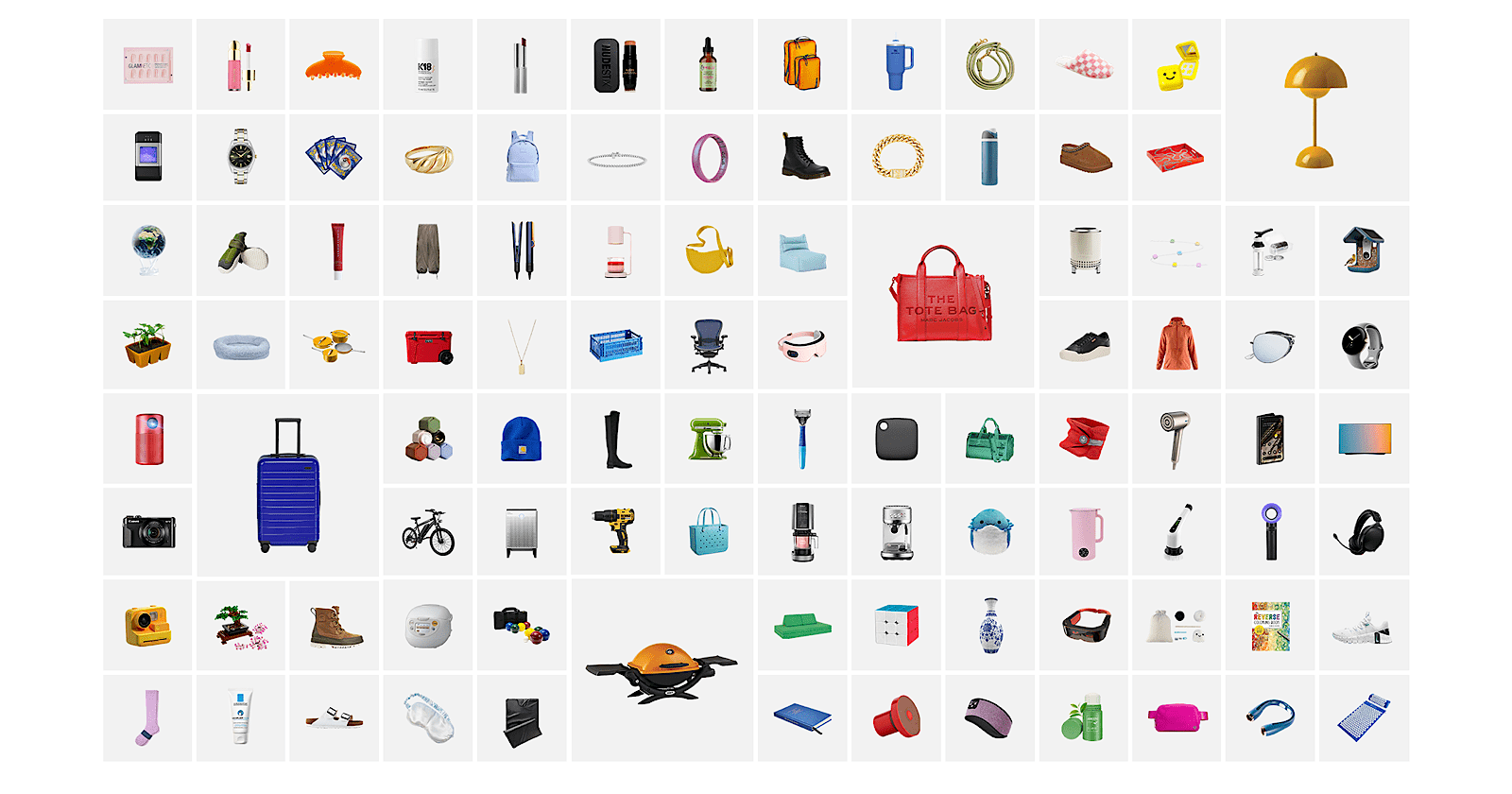Google’s Holiday 100 Guide Reveals Top Trending Gift Searches via @sejournal, @MattGSouthern

As the holiday shopping season kicks off, Google has released new data and tools offering valuable insights for search marketers looking to connect consumers with top gifts and deals.
The company published its annual Holiday 100 list, highlighting the 100 trending product searches. Additionally, Google launched a holiday deals hub to aggregate discounts in one central location.
This data and new toolset present opportunities to optimize holiday campaigns around high-demand gifts and deals.
Holiday 100 Gift List Reflects Top Trending Searches
Google’s annual Holiday 100 list highlights the top trending gift searches. The extensive list spans gifts across seven categories, including home & garden, apparel, accessories, electronics, toys, beauty, and wellness.
Some interesting trends spotted in Google’s holiday data this year include the rising popularity of cozy home products like candle warmers and human-sized dog beds. Searches for human-dog beds increased 1,650% this year, while candle warmers have been a top search in the home decor category.
Sustainable jewelry pieces like lab-grown diamond necklaces also made the list, reflecting a growing consumer interest in eco-friendly gifts.
Other unique gift ideas highlighted include weighted blankets, puzzle vases (up 1,150% in searches), claw clips outpacing scrunchies in popularity, outdoor bean bag chairs, and instant print cameras for kids.
Across categories, practical gifts like luggage trackers, electric bikes, and acupressure mats also seem to be resonating with shoppers in 2023.
Google compiled the Holiday 100 list by analyzing search trends from June to September to identify gifts seeing a surge of interest compared to previous years. The company hopes the list will provide gift inspiration to the 41% of holiday shoppers surveyed who struggle to come up with ideas.
Data Offers Insights For Retail and Search Marketers
For retail and search marketers, the Holiday 100 list reveals breakout gift ideas to potentially incorporate into holiday promotions and advertisements. Meanwhile, the deals hub presents an opportunity to get discounts and sales front and center before users.
Brands looking to catch shoppers’ attention this season should focus on aligning their strategies with popular searches and interest areas identified by Google. Search marketers can also look to optimize for trending gift-related queries and place deals in front of Google users hunting for savings.
In Summary
The annual Holiday 100 list provides gift inspiration based on top searches, while the new deals hub aggregates discounts.
For shoppers, these tools offer help discovering ideas and savings this season. For retailers, the data reveals rising trends to potentially incorporate into holiday marketing.
